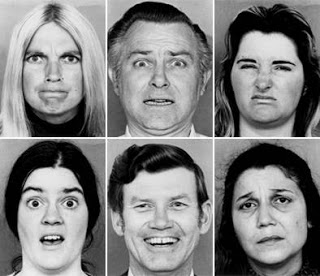

| Visitors Now: | |
| Total Visits: | |
| Total Stories: |

| Story Views | |
| Now: | |
| Last Hour: | |
| Last 24 Hours: | |
| Total: | |
The Rich Are Without Empathy
 In the many conversations that F. Scott Fitzgerald had with his friend Ernest Hemingway, Fitzgerald was believed to have said “The rich are different from the poor.” Hemingway’s alleged response: “Yes, they have more money.”
In the many conversations that F. Scott Fitzgerald had with his friend Ernest Hemingway, Fitzgerald was believed to have said “The rich are different from the poor.” Hemingway’s alleged response: “Yes, they have more money.”
While this conversation may have never occurred, it goes without saying that the rich do indeed differ from the poor. In this second part of a four part PYM series I will be exploring precisely how the rich differ from the poor–in a psychological sense at least. In the first post, I discussed how one’s social class status–that is, the money, education, and occupation status of one’s family–influences the concept of choice. In this second post, I discuss how social class influences patterns of empathy.
Emotions are an important part of everyday life–they represent another language that we use to communicate with other individuals. This feature of emotions is what makes them so important for our everyday social lives. In particular, navigating social life depends on empathy–that is, the sharing and understanding of emotion experiences and affective states. Empathy includes a number of emotion processes. For example, empathic accuracy–the ability to accurately read others’ emotions– is a form of empathy focused on understanding others’ subjective experience. Another aspect of empathy is emotional contagion–that is, the extent individuals mimic or re-experience the emotions of others.
 |
| Reading faces is critical for social life |
I believe that differences between individuals from relatively upper- and lower-class backgrounds lead to differences in empathy. This prediction is derived from the fact that the environments of lower-class individuals are relatively dependent on the social environment and on others. Disposed to reduced social and economic resources, lower-class individuals’ outcomes are more likely to hinge on outside forces. These conditions make it so that it is more costly for lower-class individuals to mis-read others’ emotions.


